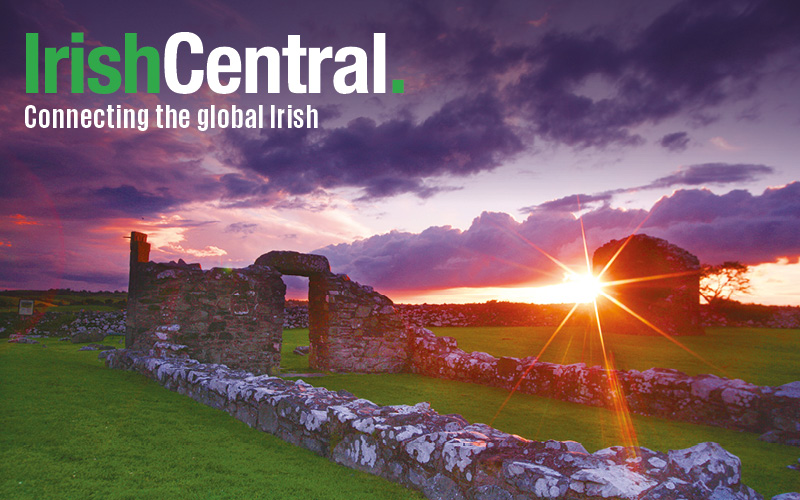The Pope called to Ireland in 1979. He had never come here before, despite Ireland’s reputation as “the greatest little Catholic country on Earth”. I was in London but I watched most of the scenes that greeted his arrival. Thirty years later, the Catholic Church is in rag order. Were the current Pope – Benedict XVI – to visit Ireland, he could not expect crowds like his predecessor Pope John Paul II.
Benedict could not expect crowds like John Paul because of sexual activity and gross punishments on the incarcerated by priests, Brothers and nuns. There had been rumblings – The Irish Times sat on the story for months, fearing that the paper might have been boycotted by staunch Catholics – about Bishop Eamon Casey. In early summer 1992, the story was published: Bishop Casey had a then 17-year-old son with American Annie Murphy.
It was dynamite but worse was to follow. Father Michael Cleary, who shared the Galway gig with Eamon Casey was secretly the father of two children. Then Father Brendan Smyth arrived. A member of the Norbertine order, he embarked on a 40-year career molesting at least 20 children in parishes in Dublin, Belfast and the United States. The rate for Sunday mass attendance fell from 68 per cent to 48 per cent in less than a decade. It is still falling.
First though was the bleak 80s. Emigration was back – big time – and this time, Irish people went to the United States mostly as ‘illegals’ or ‘undocumenteds’. It was the era of Charlie Haughey (Fianna Fáil) and Garret FitzGerald (Fine Gael). When Haughey, as prime-minister, appeared on TV at the start of the 80s, he told us all that “we were living beyond our means”.
That was before Haughey spent millions on a Gandon mansion, an island and racehorses. It was before he dressed up in Charvet shirts, went to the top restaurants in Dublin and had a long affair with gossip columnist Terry Keane. FitzGerald too, though not as spendthrift as Haughey, had two banks AIB and Ansbacher, bail him out by writing off bad debts of £200,000. He had left politics at the time.
Then it was on to the 90s, the clerical scandals coming thick and fast and the Celtic Tiger. Most people date the Celtic Tiger in 1993 and it lasted until 2008 but there were harbingers of its arrival. The fact that consumerism became the new mantra was aided by disgust at the Catholic Church. The Northern ‘Troubles’ had a ceasefire in 1994 – though London was bombed in 1996 – and the Republic was on average the second wealthiest nation on the planet.
The difference between Ireland in the 80s and Ireland in the 90s was telling. It’s true that Ireland in the 80s, characterised by emigration, began to immigrate many people in the 90s – Poles, Chinese, Nigerians, Latvians, Lithuanians and others. Mind you, the Poles have kept the Catholic Church going.
Ireland grew coarser in the 1990s and 2000s. A bullying culture – always a risk when there’s loot around – grew worse. Looking back, one can see that in 1979, the faithful came out and it was a high point for traditional Catholic Ireland. The problem with Ireland nowadays is that the ‘ethical’ values promoted by the Church (if not by the religious!) are gone.
Ireland today – in the grip of recession – cannot return to the values of traditional Catholicism because of the behaviour of its priests, Brothers and nuns. Mind you, the Catholic Tiger had ruled decades longer than the Celtic Tiger and, for many, it was grim. Essentially, the State handed over the running of education and health to the religious, largely because it did not have any money.
The visit of the Pope in 1979 was long overdue. John Paul II clashed with his advisors about the trip. The advisors felt that with the ‘Troubles’ going on in Ireland, many Northerners would try to cause trouble or exact an even greater revenge. In the event, he came however and it remains the event where 1.1 million people crammed into the Phoenix Park in Dublin.
Huge crowds turned up at the other venues – Drogheda, Galway and Limerick - and it’s clear that looking back, it was a high-point – perhaps the high-point – of Catholicism in Ireland. Interestingly, Pope Benedict XVI has arranged a trip to London next year but there’s no talk of him coming here.
Ireland has changed hugely since 1979. Perhaps it is among the most changed countries on Earth as we pulled about 100 years of advancement into 30 years. Still, the seeds of its own self-destruction were sown in September 1979. It was, quite simply, too late.




Comments